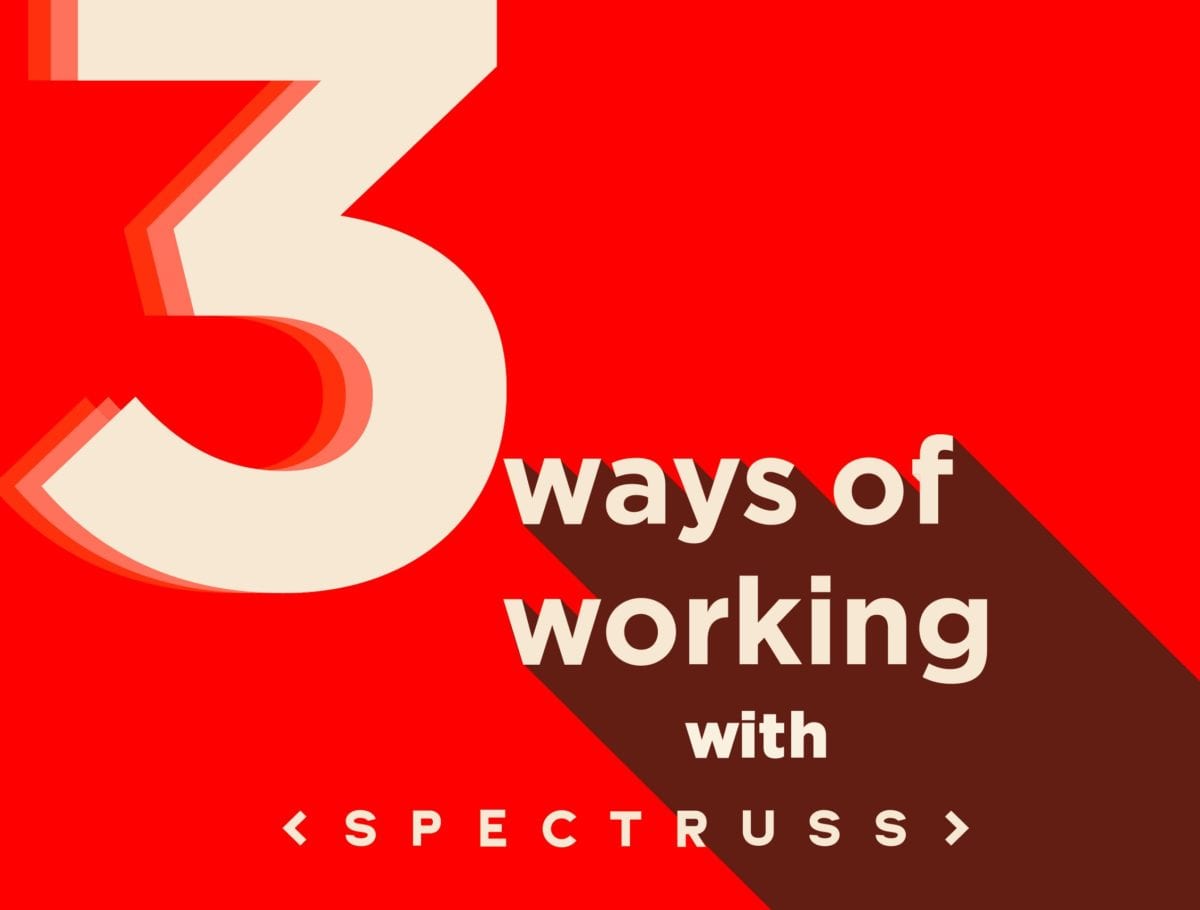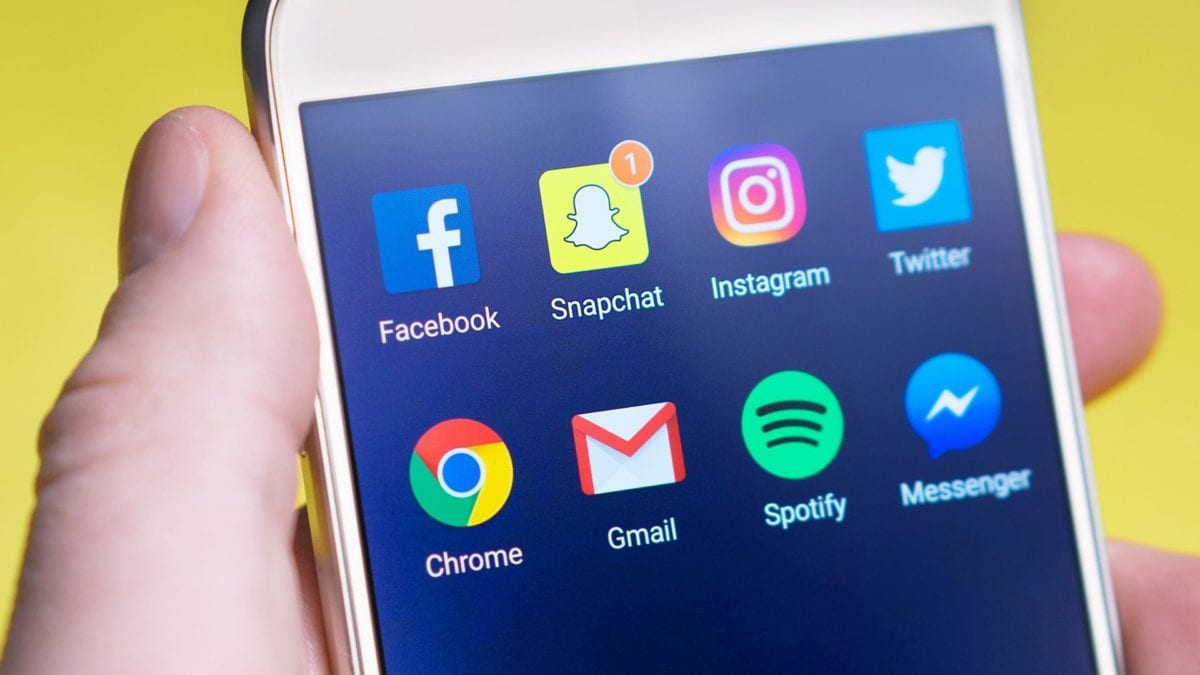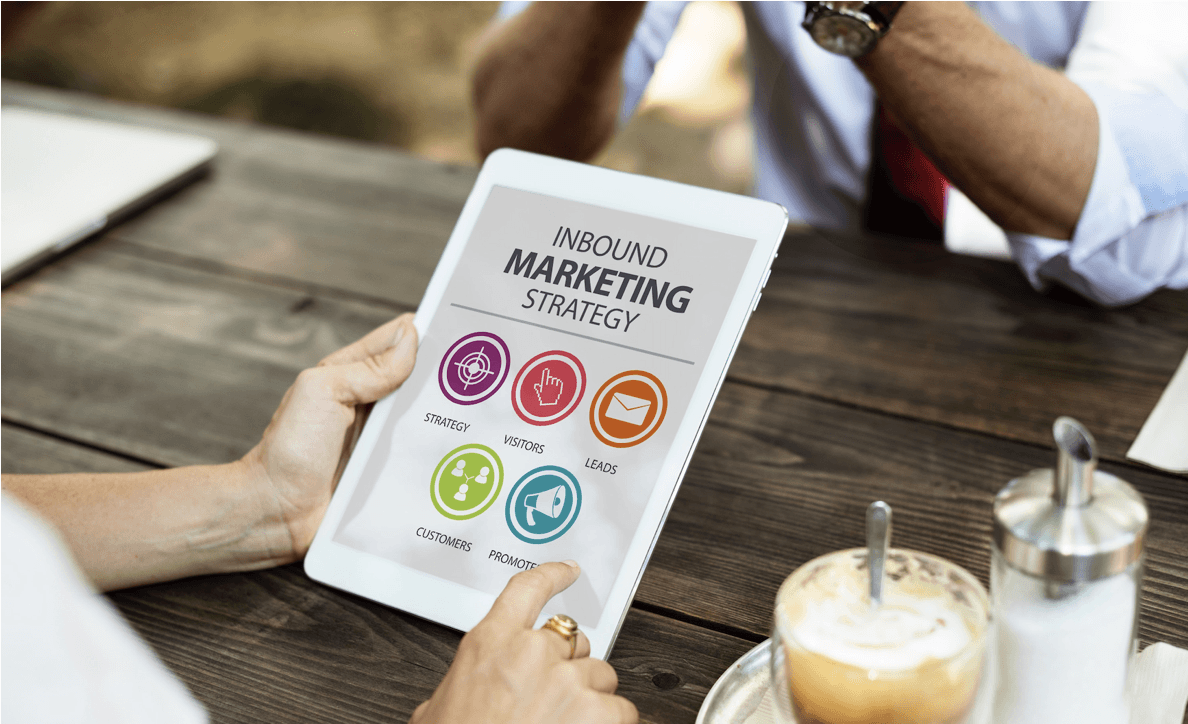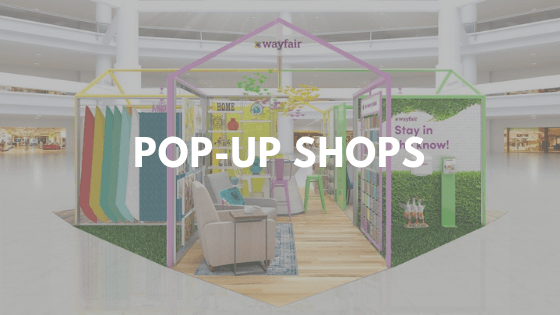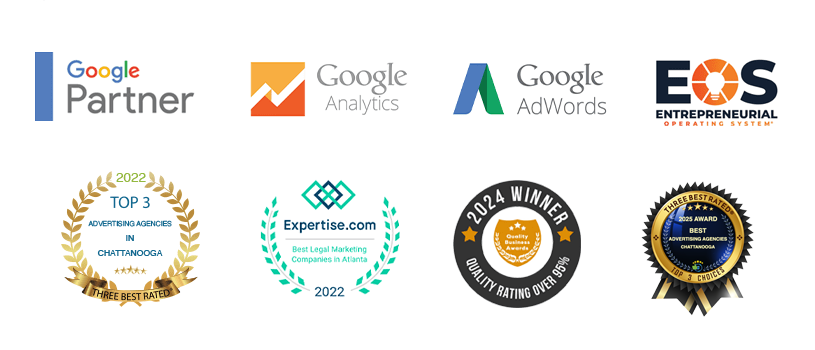10 Ways Businesses Can Improve Their Social Media Presence
1. Resize!!!
If you’re reusing an image with the same dimensions across all of your social networks then you’re doing it wrong. More than likely, one of those images will be chilling awkwardly alone and distorted. As marketers, we all know how important it is to effectively convey your brand’s image in a professional and consistent manner. So, always be aware of each social networks optimal image sizes and think about how your content will show up in people’s streams. Or How will it look on mobile compared to a desktop?
2. Consistent Profile Picture on Every Network
Your profile picture is a strong element of your online presence. It’s important to maintain the same identity across multiple platforms so you stay top-of-mind. This not only ensures consistent branding but also helps make it easier for people to recognize you when they see your profile image on each of the different social media platforms. If you use different photos and logos you’ll dilute your brand’s visual identity and recognizability.
3. Consistent Handles as Well
As mentioned above, appearing consistently increases brand recognition. Same for handles.
By having a strong and consistent handle:
-It creates a memorable handle for your business.
-Makes your company easier to find online
-Makes printed marketing materials cleaner.
-And most importantly- it shows professionalism.
Namechk is a great resource that allows you to check to see which are available and will even help you claim all the handles.
Other things to consider when choosing your social media handles
-If it’s for a personal brand, try @firstnamelastname.
-If it’s for another company, use the same as your domain if possible.
-Keep in mind that there is a limit of characters on Twitter. If you want your handle to be the same on all platforms, it needs to be 15 characters or less.
-Avoid using numbers in your handles (@mycompany1) makes you look like you’re unoriginal.
-Avoid underscores! They’re so easy to forget or mistype.
-Don’t abbreviate or misspell your name – it makes it difficult to remember.
-Keep it short! The longer the username, the harder it is to remember or write.
-If your first choice has been taken, add gravitas such as “HQ” or “I am”.
-You can also try prefixing it with friendly terms like “hello”, “this is”, “we are” or “we make”.
-If your account is being used for things such as customer service, you can add “ask” or “help”.
4. Untag the Bad
Photos tagging is great for interacting with more followers if used right. But if you’re tagging inappropriate photos or posts, you’ll look like an amateur, instead of a pro. You might face legal woes too.
So… two approaches to make sure you’re using tags best:
1 ) Check your photo tag settings
Make sure your settings align with your social media policy.
For your networks you can do some of the following:
-See where you’ve been tagged
-See who can see your tagged photos and posts
-Approve photos you’ve been tagged in before they appear
-Remove tags from unwanted photos and posts
-Restrict who can tag you in photos
-Check each network for what’s available for your strategy.
Review tags regularly
Create a routine to check and review the posts you’re tagged in. Then untag yourself from any bad photos or inappropriate posts.
You might ask… why not just shut down tagging?
Because:
-It’s like hearing your name called out from the crowd
-Tags elicit a response from others
-You can jump into pertinent conversations
-You’ll show up in more places
-Tags exist for those reasons, so don’t cut yourself or brand off from being seen more.
5. Be Discoverable in a Search
Use the right keywords in your profile to be discovered for your business, industry, or niche. When people do web searches, you want your brand logo to show up above the fold. It’s easy (and fast) to add the right words to your social profile.
Here are a couple of ways:
Identify the right keywords
Find out what people search for most when looking for professionals in your space. Look at industry trends or related phrases. Keyword tools like SEMrush and Google Keyword Planner will help identify the right words and terms.
Use those keywords
Update your social media profiles with the words and phrases identified above. For example, brands cab update their Instagram bios to link promotions and advertise their hashtags.
For: LinkedIn job title, description, experience, and skills sections. Do the same kind of thing for all your social accounts. In your bio, for photos, interests and more.
Don’t just stuff a list of keywords into these sections.
Work them in naturally, like how you talk. The search engine gods will reward and rank you higher. So you’ll show up, not down, the results page.
6. Fill in Every Field
While you’re adding keywords to your profile, make sure all the fields are filled in. Why?
So readers won’t perceive you as unprofessional and lazy. This adds credibility and a new level of connection you can build with people who are learning about you for the first time.
You should also ensure that you provide the right and helpful information while filling the bio. These include details about your business, such as your address, phone number, website, hours, other social media links, background story, mission statement, etc. when possible. By doing this you will be able to attract more people because they will know that you can provide the solutions that they need.
Also, check this over time. Social networks remove, add, and update fields.
7. Cross Promote
Don’t get this confused with cross-posting, two totally different things.
Cross Posting – the act of posting the same message across multiple social media channels (using tools like Buffer or Hootsuite) for a single piece of content.
Cross promoting – content promotion through the creation of unique messages for each social media channel. Takes a bit longer to execute than cross-posting, you’ll likely have more success connecting with each platform’s unique user base.
While cross posting shows that a brand is out of touch and irrelevant – likely to be penalized by each social network’s algorithm – cross promoting shows users that brands have made a genuine effort to meet them where they are at.
Cross Promotion Tips:
-Adapt each post so that it’s made appropriate for the network to which you’re posting on.
-Include social posts in your weekly newsletter
-Get creative with links in your profile.
8. Test your links
Always make sure your links work. Sounds basic, but typos happen more often than you think. It takes just a second or two to test them, so do it. Otherwise, you’ll look lame and confuse people. Or worse…not get those cross-promotion benefits.
9. Build social trust
How? By asking friendlies for reviews, endorsements, and recommendations. It shows other you’ve succeeded and readers trust that more than an ad.
LinkedIn: Use LinkedIn’s endorsements section. People can click to endorse your skills. Even more powerful are LinkedIn recommendations. When you do ask for these (and you should) make it easier for them.
-What talents, abilities, & characteristics describe me?
-What successes did we experience together?
-What I’m good at?
-What can be counted on?
-Are there any other distinguishing features you think I possess?
-What was my impact on you?
-What was my impact on the company?
-How did I change what you do?
-What’s one thing you get with me that you can’t get anywhere else?
-What are five words that describe me?
Facebook: For Facebook pages, use their visitor post section. So people can highlight the good work you’ve done.
Twitter: For Twitter, pin positive tweets to the top of your stream. This allows you to control what visitors see when they first arrive.
10. Pin Best Content on the Top of Your Profile
Unlike other posts, pinned one’s stay put. They are the first things people see when looking you up. Facebook, LinkedIn, and Twitter all support pinning.
This is your chance to showcase your best work, so choose wisely. Maybe try a key message, cool video, a new landing page, or hot offer?
Resource: Hootsuite










